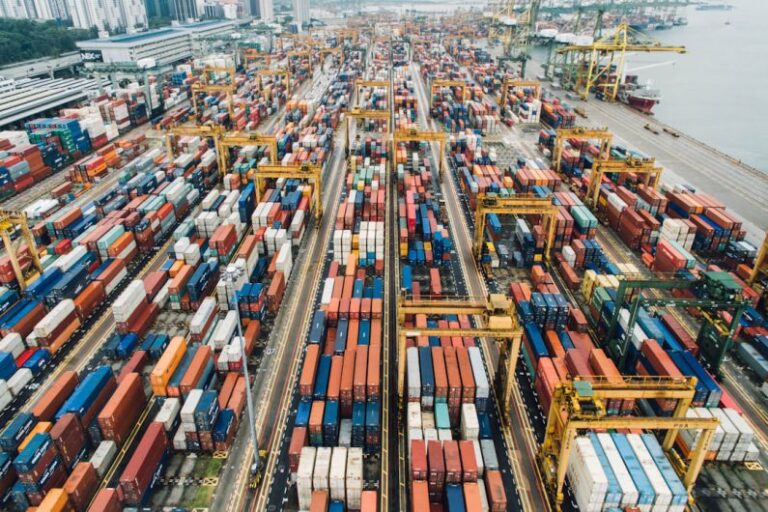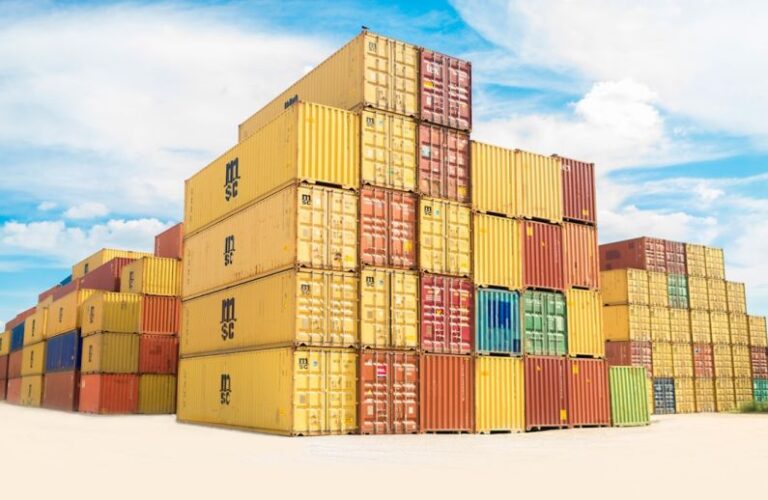Innovations in Food Supply Chains
The landscape of food supply chains has seen significant transformations over the past few years, driven by technological advancements, changing consumer preferences, and global challenges like the COVID-19 pandemic. Innovations in food supply chains have become essential for ensuring efficiency, sustainability, and resilience in the face of evolving demands. From farm to fork, various sectors within the food industry have been exploring new ways to streamline processes, reduce waste, and enhance transparency. In this article, we delve into some of the key innovations that are shaping the future of food supply chains.
**Blockchain Technology in Traceability**
One of the most notable innovations in food supply chains is the adoption of blockchain technology for enhanced traceability. Blockchain allows for secure, transparent, and tamper-proof recording of transactions across the supply chain. This technology enables stakeholders to track the journey of food products from production to consumption, ensuring authenticity and quality control. By scanning a QR code on a product, consumers can access detailed information about its origins, production methods, and transportation, instilling trust and confidence in the food they consume.
**Internet of Things (IoT) for Real-Time Monitoring**
The Internet of Things (IoT) has revolutionized the way food supply chains operate by enabling real-time monitoring of various parameters such as temperature, humidity, and location. IoT devices embedded in storage facilities, vehicles, and packaging help in maintaining optimal conditions for perishable goods, preventing spoilage and ensuring quality. This technology also provides valuable data insights that can be used to optimize logistics, predict demand, and minimize losses along the supply chain.
**Artificial Intelligence (AI) for Forecasting and Optimization**
Artificial Intelligence (AI) is playing a crucial role in forecasting demand, optimizing inventory management, and streamlining logistics operations in food supply chains. AI algorithms analyze vast amounts of data to predict consumer preferences, seasonal trends, and market fluctuations, enabling businesses to make informed decisions in real-time. By automating processes such as route planning, inventory replenishment, and pricing strategies, AI helps in reducing costs, improving efficiency, and enhancing overall supply chain performance.
**Robotics and Automation in Warehousing**
The integration of robotics and automation technologies in warehousing and distribution centers has significantly improved the speed and accuracy of order fulfillment in food supply chains. Automated guided vehicles (AGVs), robotic arms, and sorting systems enhance warehouse operations by minimizing human error, increasing picking efficiency, and reducing labor costs. These technologies also contribute to a safer working environment for employees and enable warehouses to handle high volumes of orders with greater precision.
**Vertical Farming and Urban Agriculture**
Vertical farming and urban agriculture have emerged as innovative solutions to address the challenges of traditional agriculture, such as land scarcity, water usage, and transportation costs. By growing crops in vertically stacked layers or indoor facilities close to urban centers, these practices reduce the carbon footprint of food production, shorten supply chains, and ensure year-round availability of fresh produce. Vertical farming also incorporates sustainable practices like hydroponics and LED lighting to optimize resource utilization and maximize yield.
**Sustainable Packaging Solutions**
The shift towards sustainable packaging solutions is another important innovation in food supply chains, driven by increasing consumer awareness of environmental issues. Biodegradable materials, compostable packaging, and reusable containers are being adopted to reduce plastic waste and minimize the ecological impact of food packaging. Sustainable packaging not only aligns with consumer preferences for eco-friendly products but also helps companies meet regulatory requirements and demonstrate their commitment to environmental stewardship.
**Personalized Nutrition and Customized Products**
Advancements in technology have enabled the personalization of nutrition and the customization of food products to meet individual preferences and dietary requirements. Companies are leveraging data analytics, genetic testing, and AI algorithms to create personalized meal plans, functional foods, and tailored supplements that cater to specific consumer needs. This trend towards personalized nutrition not only enhances consumer satisfaction and loyalty but also drives innovation in product development and marketing strategies.
**Resilience and Adaptability in Supply Chains**
The COVID-19 pandemic has underscored the importance of resilience and adaptability in food supply chains, prompting companies to reevaluate their sourcing strategies, distribution networks, and risk management practices. Innovations such as predictive analytics, scenario planning, and agile supply chain models are being implemented to mitigate disruptions, respond to changing market dynamics, and ensure business continuity in times of crisis. Building a flexible and responsive supply chain has become essential for navigating uncertainties and maintaining a competitive edge in the food industry.
**Driving Towards a Sustainable Future**
In conclusion, innovations in food supply chains are driving the industry towards a more sustainable, efficient, and consumer-centric future. By leveraging technologies like blockchain, IoT, AI, robotics, and sustainable practices, companies can enhance transparency, traceability, and operational efficiency across the entire supply chain. Embracing innovation not only enables businesses to meet the evolving demands of consumers but also contributes to a more resilient and environmentally conscious food system. As the food industry continues to evolve, staying at the forefront of innovation will be crucial for success in a rapidly changing global marketplace.






